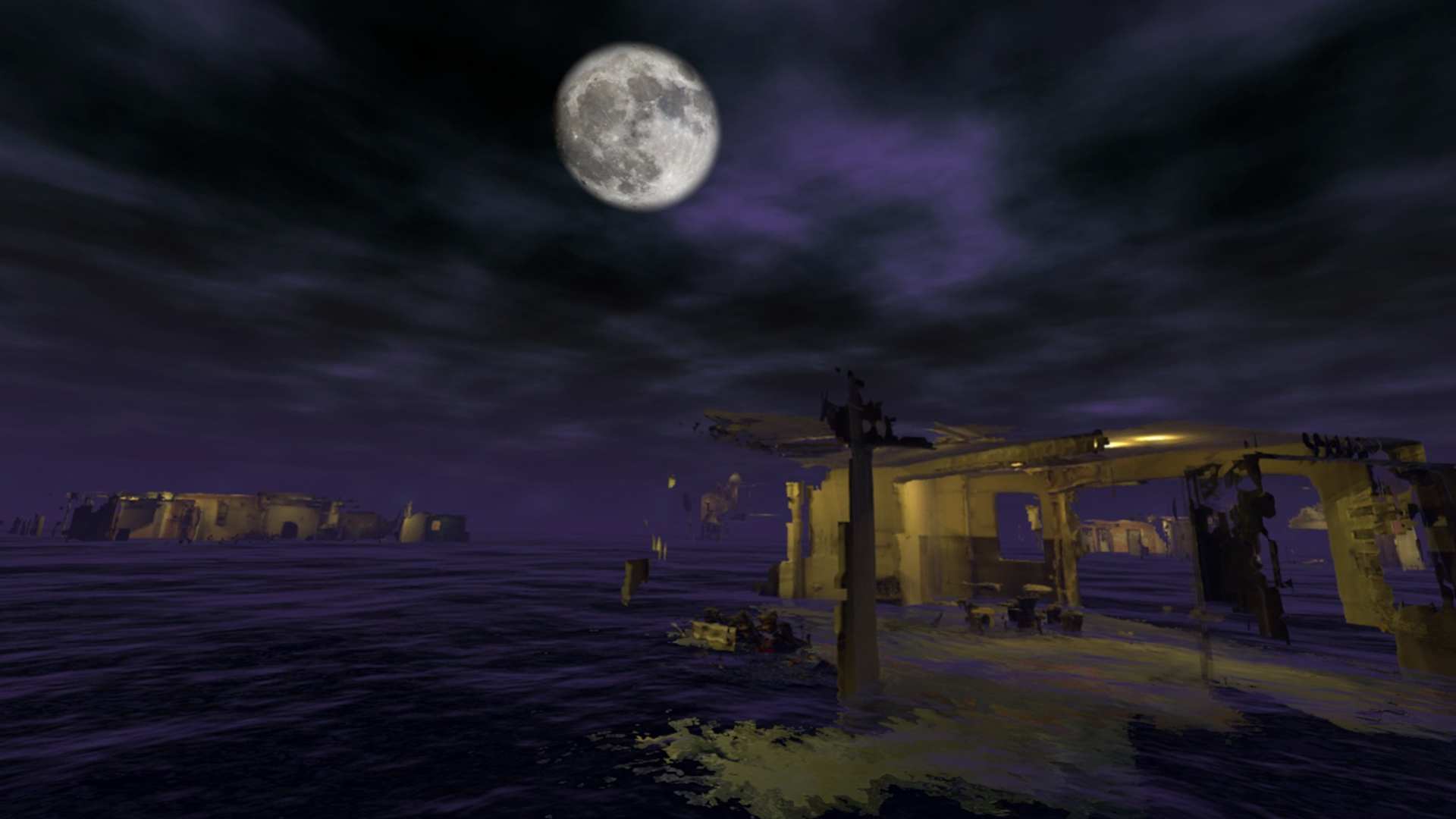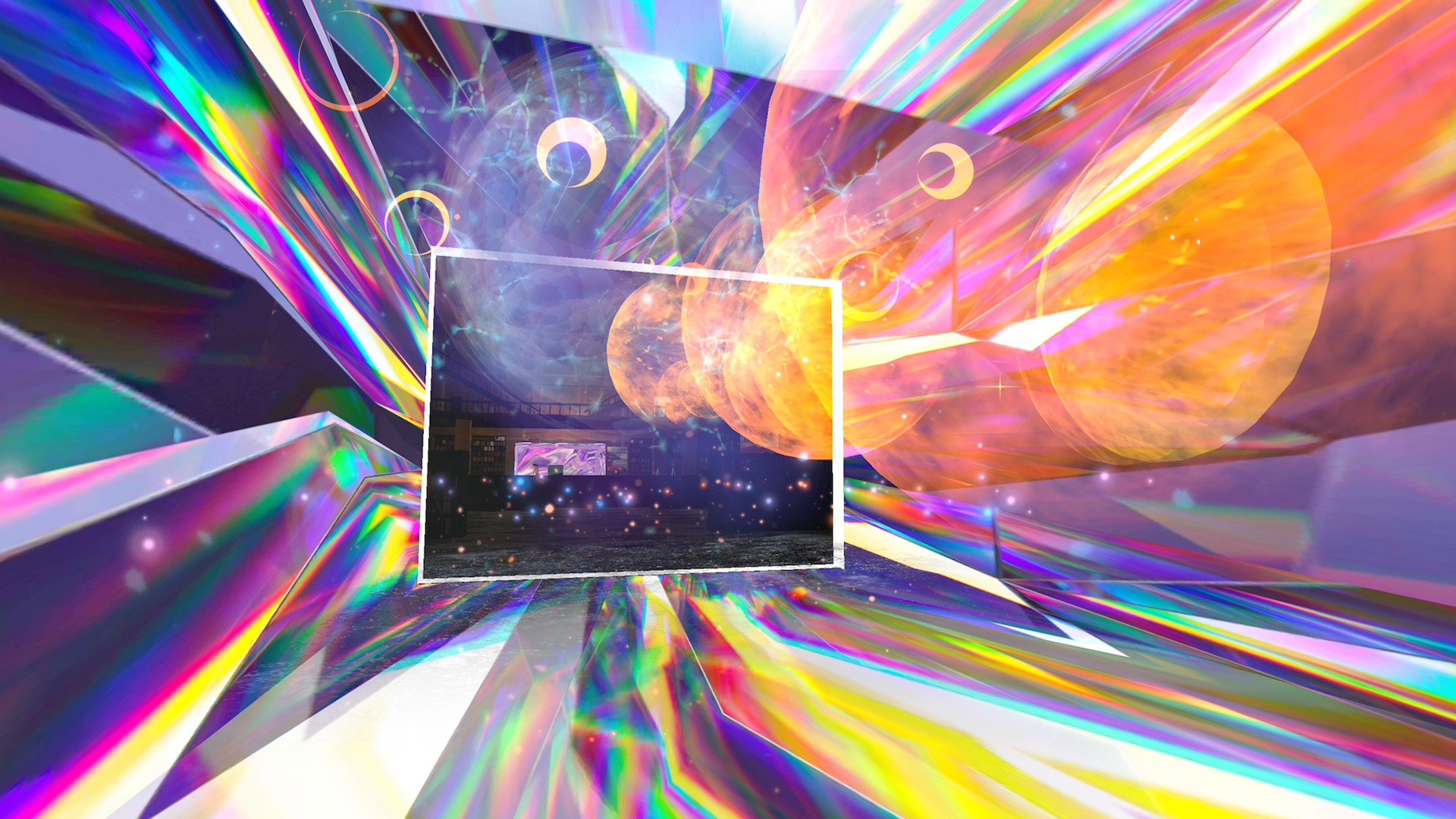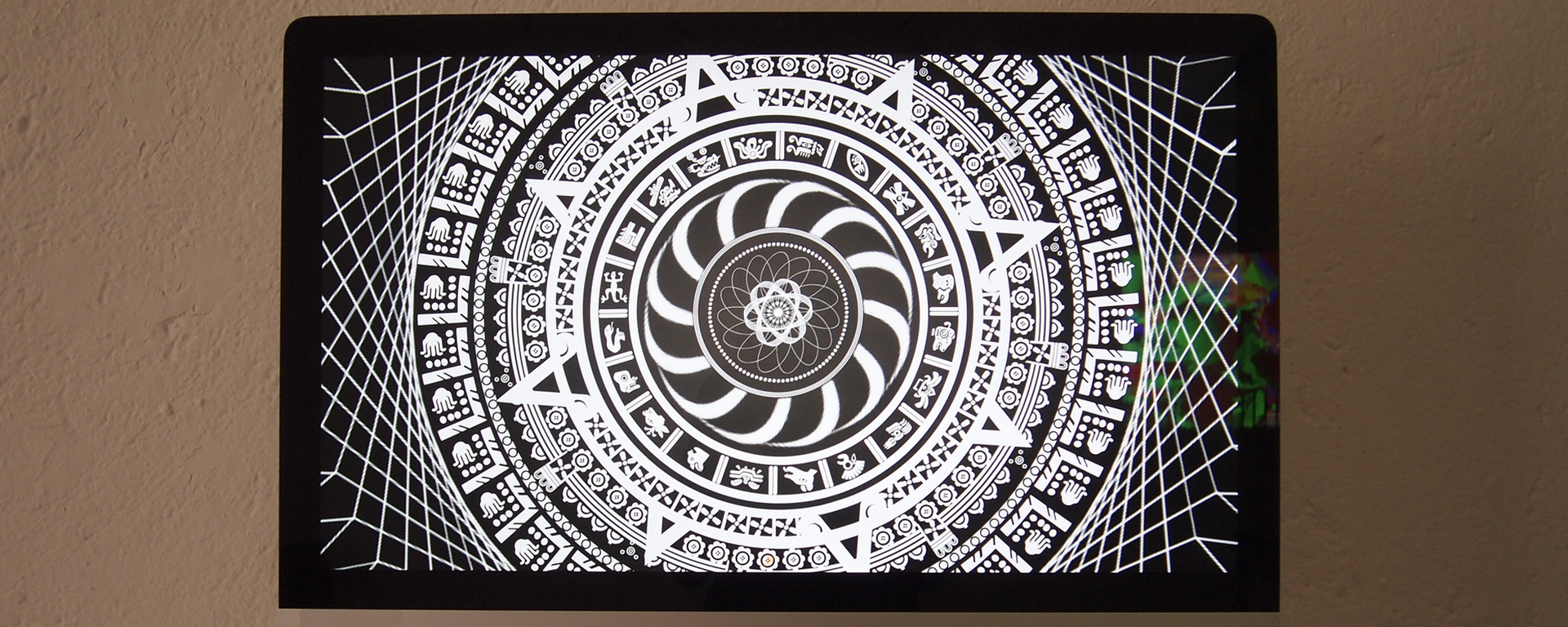
Sun Cycle
In 1973, the land artist Robert Smithson was in a plane overseeing the site of his new work Amarillo Ramp in Texas when his pilot collided into a mountain, killing them instantly. It was a tragically prophetic death for a man who once said that the physical and the mind are in a "constant collision course". For in the process of making of his work, he had inadvertently ended the physical possibility of himself making the work.
For me, the most striking realization of traveling from Mexico to Singapore is the physical distance from Singapore. I marvel at being able to sit in a plane that flies across continents and oceans, according to the map on your inflight screen, and finally lands on the opposite side of the globe… And then to pick up and to hold in my hand a seemingly inconsequential rock on the ground in Mexico... These rocks, stones, soil, and dirt have been a silent but constant audience to man’s numerous movements and interventions around the globe.
I saw numerous Mayan and Aztec artefacts at the Museo de Antropología e História de Toluca, and in a small bookstore here I also saw minature replicas of some of these ancient sculptures - from the iconic coiled feathered serpent of Quetzalcoatl to the Aztec Sun Stone, which is also frequently simply labelled as "Mayan Calendar" in small shops. As an artefact, the “Mayan Calendar” is visually arresting with its detailed glyphs and symbols. The calendar round itself is made up of 3 interlocking cycles made up of 365 days, 20 names, and 13 numbers, and the names of the dates are designated according to the alignment of the three cycles. 52 years will pass before the three cycles will align in the same way again. The origins of these calculations also came from the way in which the earth aligned with the sun and the other stars and planets. Although we think of time as a fluid abstraction, it is marked by observable changes in the position of physical matter – the very physicality of the land and earth that we are on.
Sun Cycle is an interactive in which the circles spin round and around constantly, like the cycles of the Mayan Calender Round. After a long time has passed, whether or not with the help of / or despite man’s interventions, the rounds may eventually align together.
2012
Interactive
Facultad de Artes UAEMex, Toluca, Mexico
With thanks to Anne-Marie Schleiner.
- Robert Smithson, "Incidents of Mirror-Travel in the Yucatan" (1969)
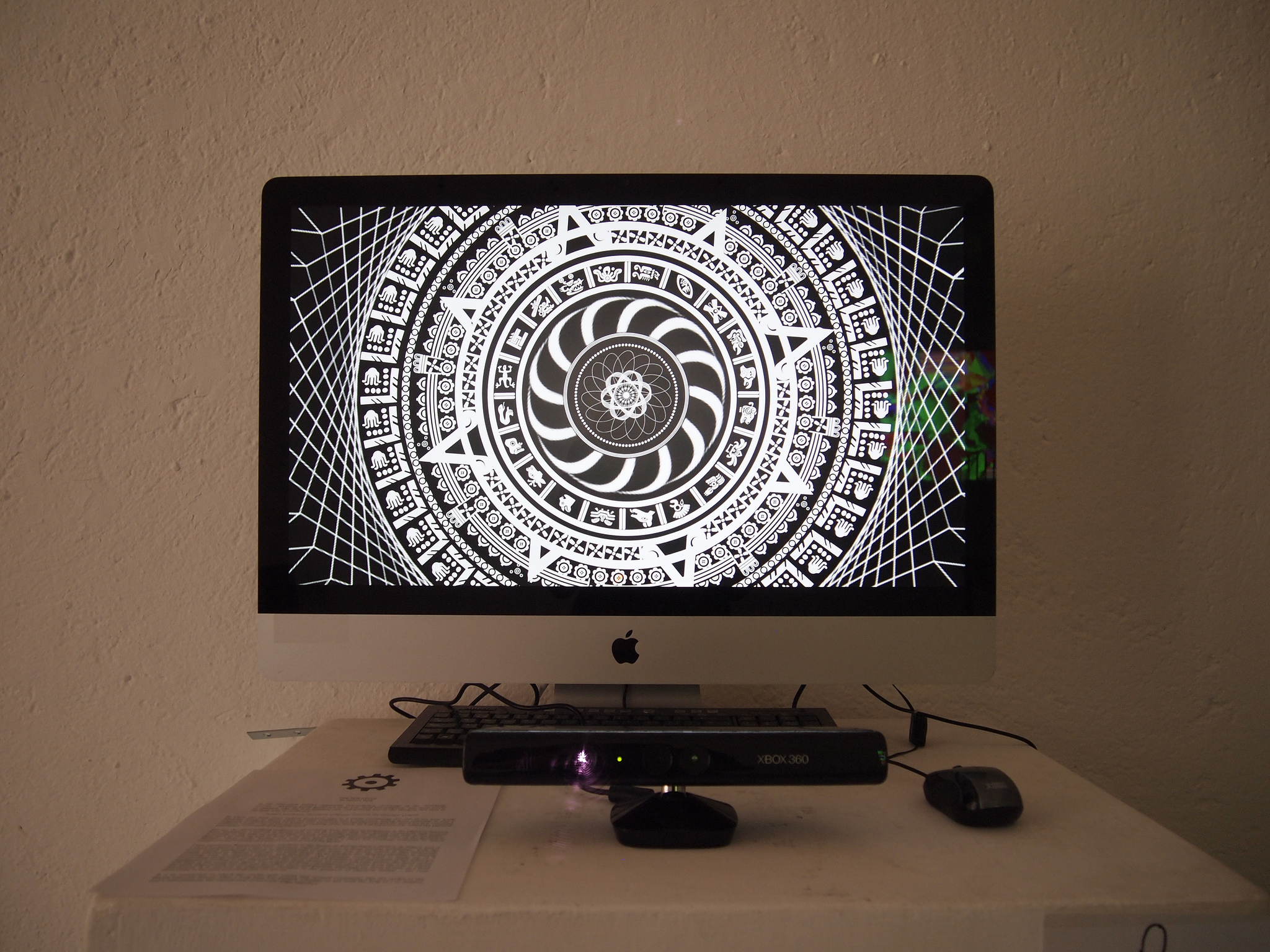
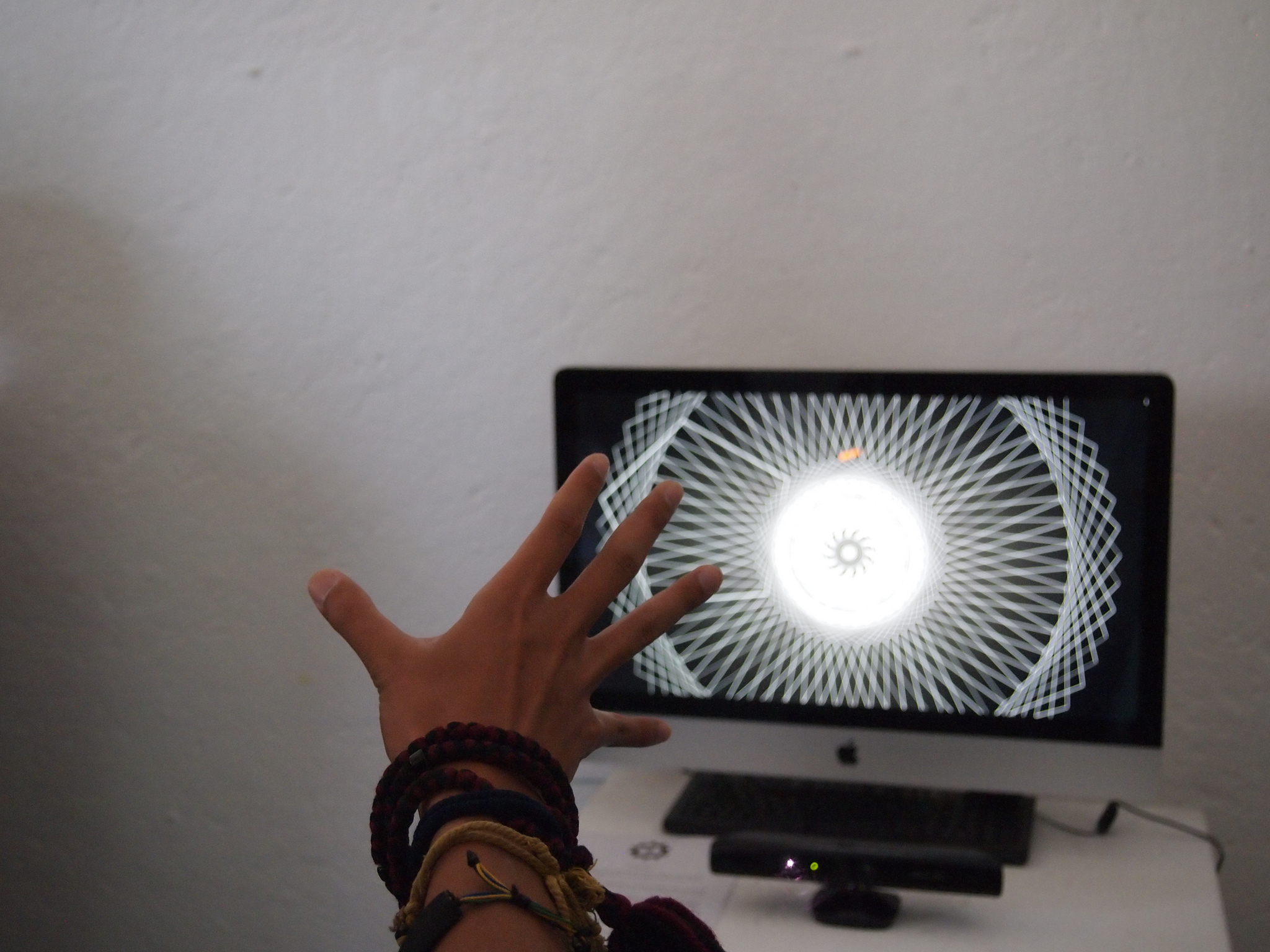
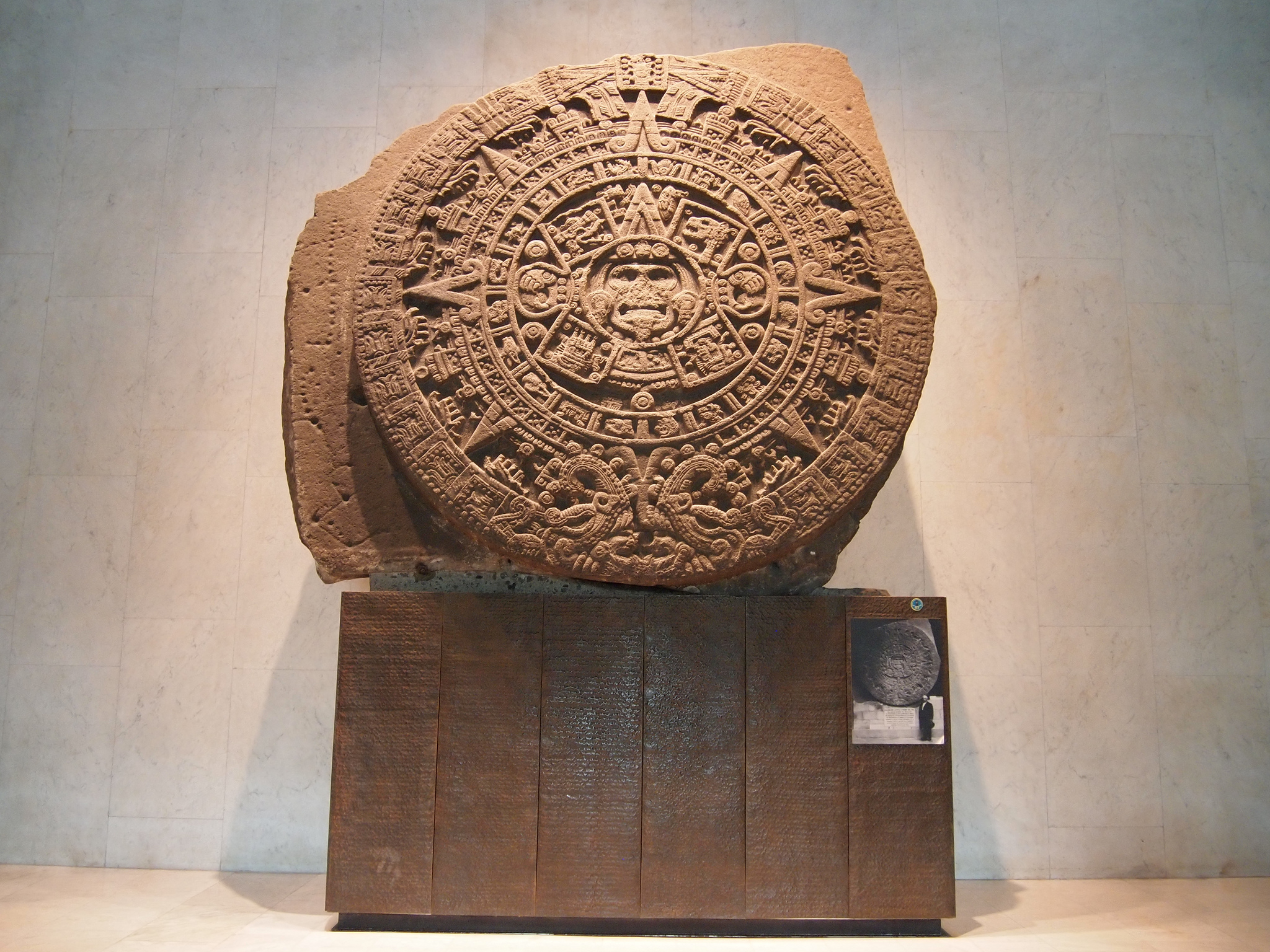
The Sun Stone at the Museo Nacional de Antropologia in Mexico City. Photo: Debbie Ding
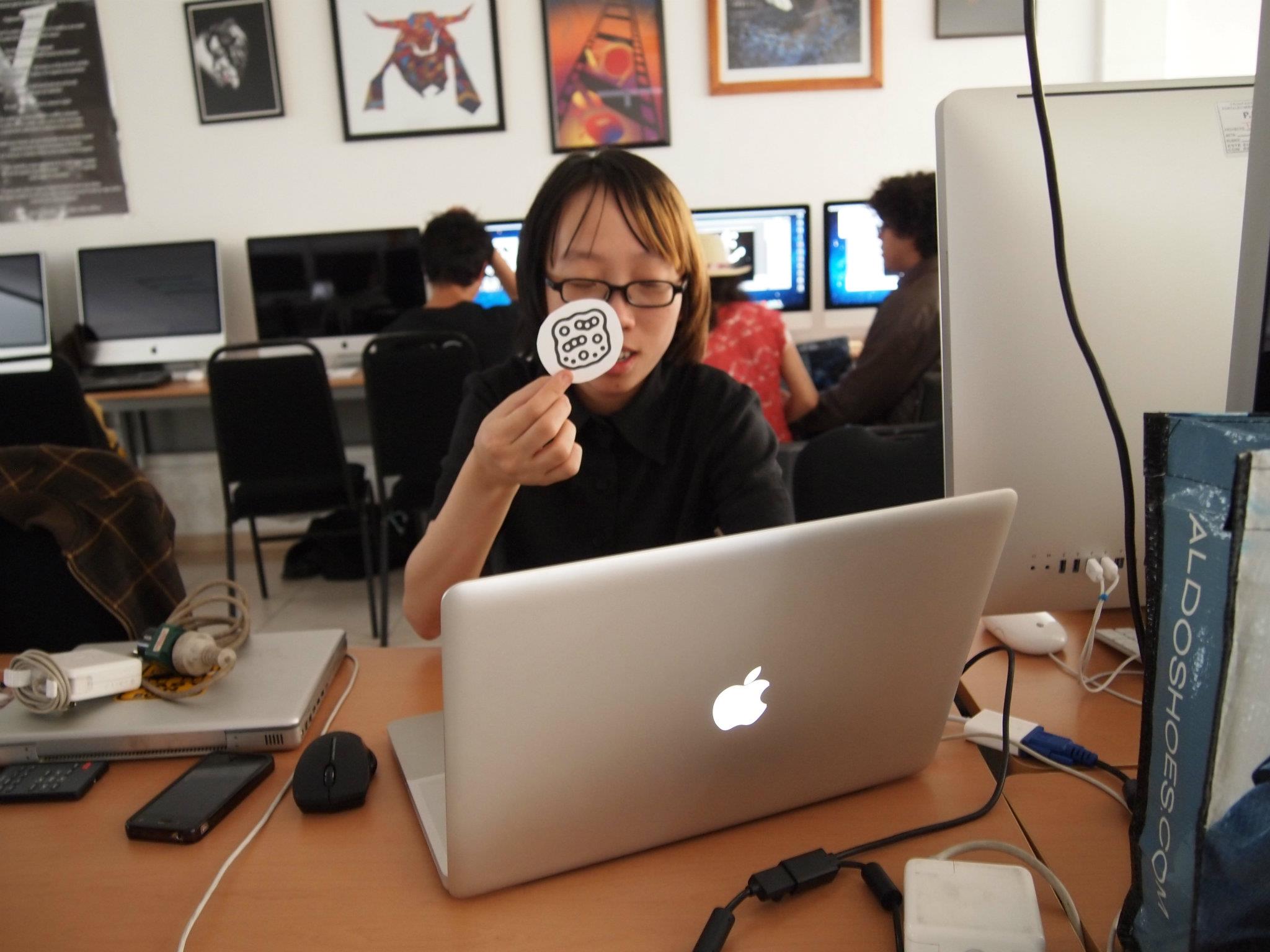
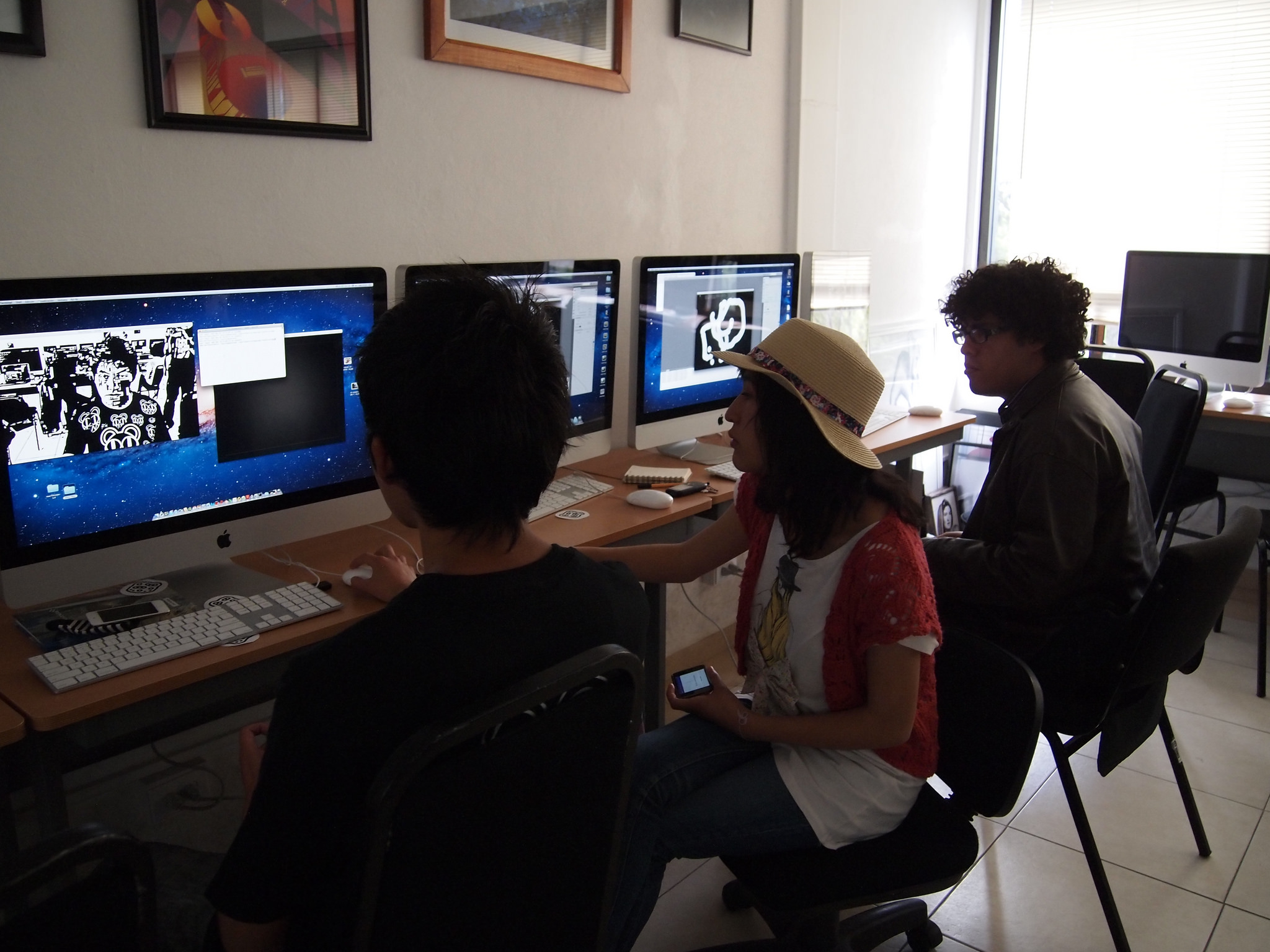
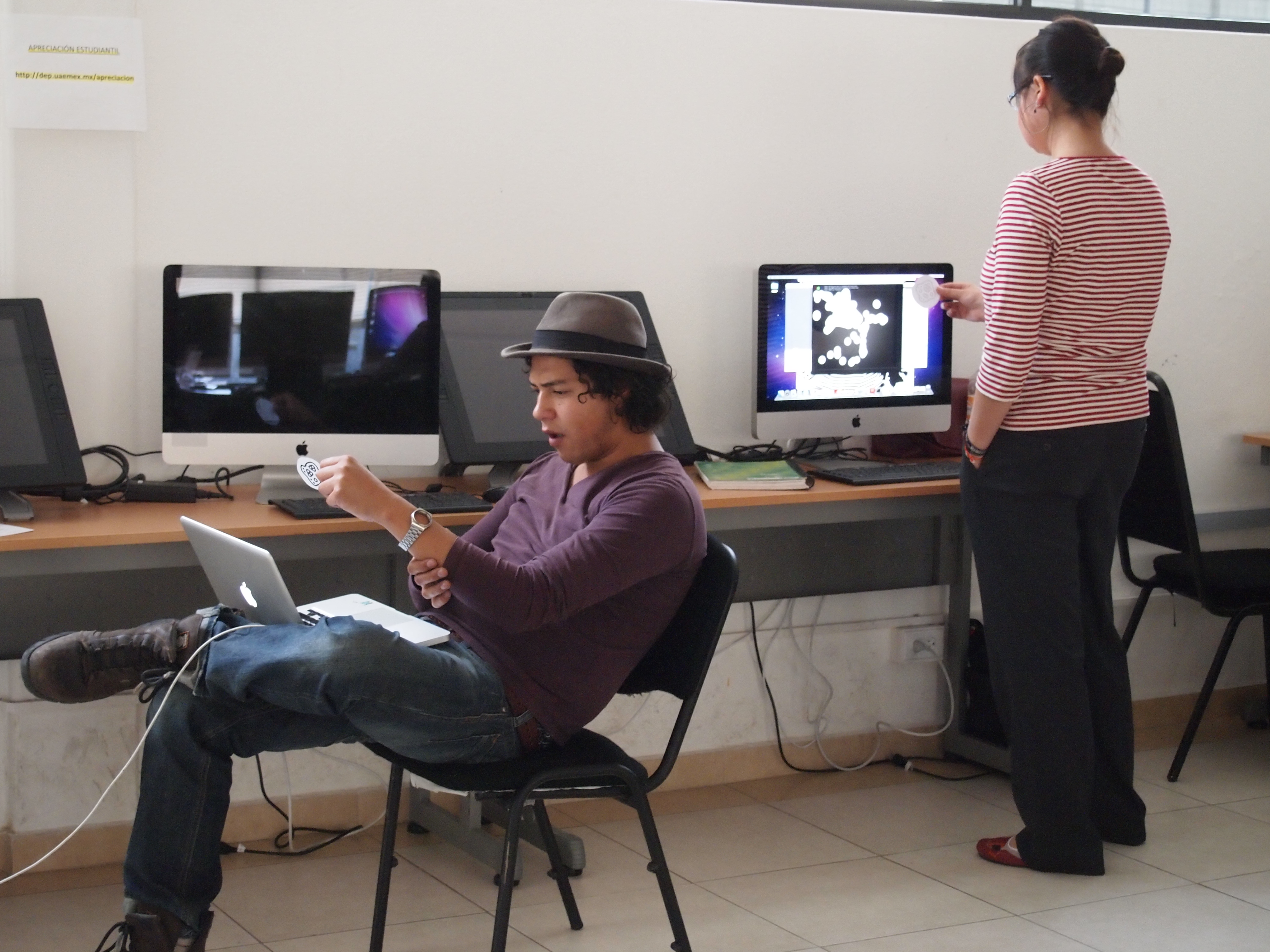
Kinect Workshop held at Facultad de Artes UAEMex, Toluca, Mexico

